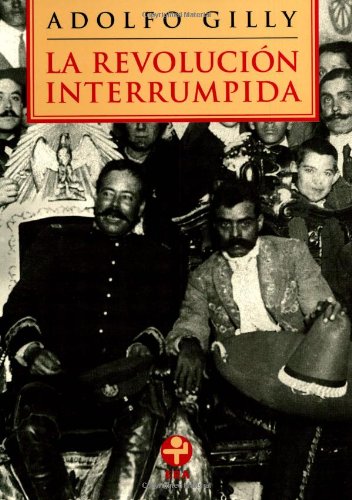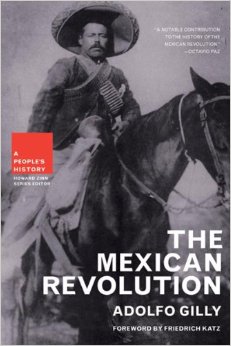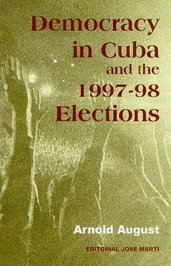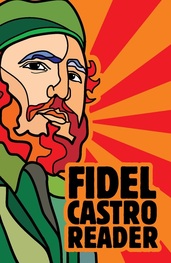The dynamics that gave rise to the modern nation-state began to express themselves during European feudalism, which Cristóbal dates from the fifth to the fifteenth centuries. After the collapse of the Roman Empire in the fifth century, fragmentation and particularism emerged. Cities disappeared (except Florence, Venice, and Geneva, which were tied to commerce with Asia). Monarchs had nominal power over what was essentially a rural territory. In its fullest expression, feudalism involved the disappearance of the state, with its functions assumed by feudal lords. But this was never completely attained, because the centralized state existed over feudal-vassal relations and was not totally dissolved. Nevertheless, manors were sovereign territories in many respects, governed by feudal lords who could emit money and declare war. Monarchial power was more nominal than real. On the religious-cultural plane, Christianity expanded; the power of the Church, centered in Rome, increased; and Latin emerged as an interstate language among elites.
The dynamics that undermined feudalism expressed themselves from the tenth to the fifteenth centuries. There began to emerge what Cristóbal calls feudal re-urbanization. The growth of commerce and industry created a class of free merchants and artisans, an incipient bourgeoisie that needed certain liberties, such as movement from place to place, the making of contracts, and the buying and selling of goods, which could not be exercised under feudal conditions of servitude. The new cities emerging in feudal rural territories made evident the need for the transformation of feudalism.
Immanuel Wallerstein interprets the feudal period in a somewhat different way. He maintains that there was an expansion of European commerce in the period 1150-1300, but the period 1300-1450 was characterized by a decline in production, commerce and population. By 1300, the population growth of Western Europe had surpassed its capacity to produce sufficient food, given its level of technology. This led to food shortages, which gave rise to epidemics. At the same time, the general crisis stimulated wars among states and peasant rebellions and revolts. So this period, which Wallerstein calls the "crisis of feudalism," was characterized by decline in agricultural production, manufacturing, commerce and population and by wars, social conflict, famine, and epidemics (Wallerstein 974:17-27).
Let us combine these two interpretations. Commerce and industry began to expand following the tenth century, laying the foundation for an urban-centered society based on commerce and industry. But the development of the society in embryo was constrained by the structures of feudalism, provoking various problems and conflicts. These dynamics were making evident to major political actors the need for a fundamental transformation of feudal structures.
The stage was thus set for decisive political action by monarchs, in alliance with the emerging commercial bourgeoisie, establishing the modern nation-state in the fifteenth century. We will explore this in the next post.
References
Cristóbal Pérez, Armando. 2008. El Estado-Nación: Su Origen y Construcción. La Habana: Editorial de Ciencias Sociales.
Wallerstein, Immanuel. 1974. The Modern World System, Vol. I. New York: Academic Press.
Key words: Third World, revoluti on, colonialism, neocolonialism, imperialism, democracy, national liberation, sovereignty, self-determination, socialism, Marxism, Leninism, Cuba, Latin America, Wallerstein, world-system, world-economy, development, underdevelopment, feudalism







 RSS Feed
RSS Feed





